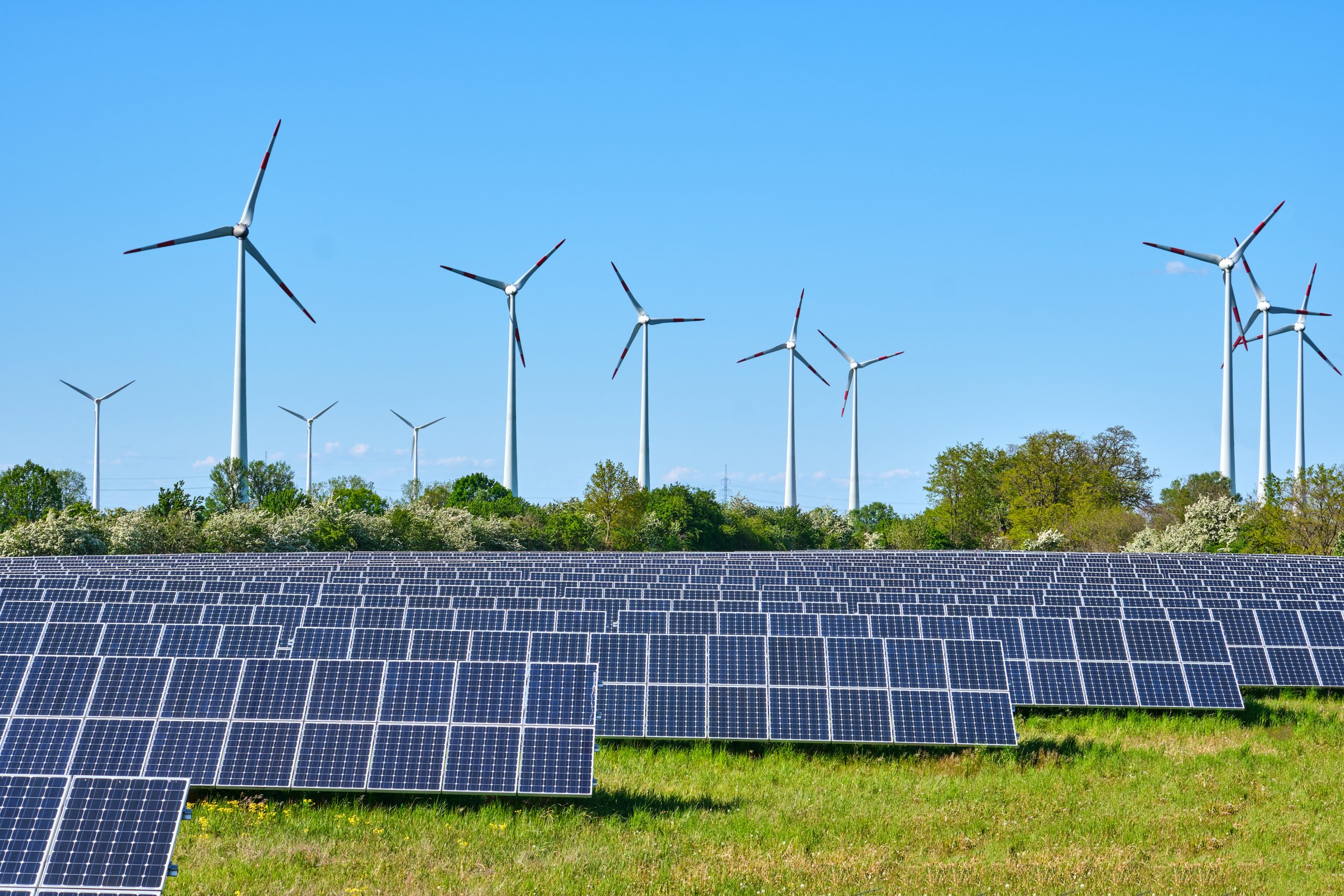
As the effects of climate change become increasingly evident, the land development sector faces profound challenges and opportunities. The implications of climate change for land development extend beyond environmental concerns, encompassing economic, social, and regulatory dimensions. This article explores the key impacts of climate change on land development and offers insights into sustainable practices that can mitigate these effects.
Changing Weather Patterns and Infrastructure Resilience
One of the most significant impacts of climate change on land development is the alteration of weather patterns. Increased frequency and intensity of storms, flooding, and droughts pose significant risks to infrastructure. Developers must now consider the resilience of buildings, roads, and utilities to withstand these extreme conditions. For instance, coastal developments are increasingly vulnerable to sea level rise and storm surges, necessitating robust coastal defenses and elevated structures.
Inland areas are not immune either; changing precipitation patterns can lead to unpredictable flooding, requiring improved drainage systems and flood-resistant building materials. As a result, land developers must prioritize resilience in their designs, incorporating features like green roofs, permeable pavements, and rain gardens to manage stormwater and reduce flood risks.
Regulatory Shifts and Land Use Planning
Climate change is driving a shift in regulations and policies related to land use and development. Governments worldwide are implementing stricter building codes and zoning laws to promote sustainability and reduce greenhouse gas emissions. For example, many jurisdictions now require new developments to include renewable energy sources, such as solar panels or wind turbines, and to achieve high energy efficiency standards.
Land developers must stay abreast of these evolving regulations and adapt their practices accordingly. Failure to comply with new standards can lead to costly fines and project delays. Additionally, forward-thinking developers can gain a competitive edge by proactively adopting green building practices, thereby attracting environmentally conscious investors and buyers.
Economic Impacts and Investment Considerations
The economic implications of climate change for land development are multifaceted. On one hand, the increased risk of property damage due to extreme weather events can drive up insurance costs and reduce property values in vulnerable areas. On the other hand, there is growing demand for sustainable and climate-resilient developments, which can command premium prices.
Investors are increasingly factoring climate risk into their decision-making processes. Properties in high-risk areas may become less attractive, while those incorporating sustainable features and located in low-risk regions may see increased demand. Land developers must consider these market dynamics and prioritize projects that offer long-term resilience and sustainability.
Environmental and Social Considerations
Climate change has significant environmental and social implications for land development. The degradation of natural habitats, loss of biodiversity, and changes in land suitability for agriculture can all impact development decisions. For example, rising temperatures and altered precipitation patterns can make certain areas unsuitable for traditional agricultural practices, necessitating a shift towards more resilient crops or alternative land uses.
Moreover, climate change can exacerbate social inequalities. Vulnerable communities, often located in low-lying or economically disadvantaged areas, are disproportionately affected by climate impacts. Developers have a responsibility to consider social equity in their projects, ensuring that new developments do not exacerbate existing vulnerabilities and that they contribute to community resilience.
Mitigation and Adaptation Strategies
To address the challenges posed by climate change, land developers must adopt both mitigation and adaptation strategies. Mitigation involves reducing the carbon footprint of developments through energy-efficient designs, renewable energy integration, and sustainable materials. For example, utilizing local and recycled materials can reduce transportation emissions and promote a circular economy.
Adaptation strategies, on the other hand, focus on enhancing resilience to climate impacts. This includes designing infrastructure to withstand extreme weather, preserving natural buffers like wetlands and forests, and incorporating water-saving technologies. Urban planners and developers can also work together to create green spaces that reduce urban heat island effects and provide recreational areas for communities.
Innovative Approaches and Technologies
The integration of innovative technologies is crucial for addressing the implications of climate change in land development. For instance, the use of smart grid systems can enhance energy efficiency and reduce reliance on fossil fuels. Similarly, advancements in building materials, such as insulated concrete forms and low-emissivity windows, can improve energy efficiency and comfort.
Digital tools, such as geographic information systems (GIS) and building information modeling (BIM), can also play a critical role in planning and executing climate-resilient projects. These tools enable developers to analyze environmental data, model climate scenarios, and optimize designs for sustainability.
Embracing Sustainable Development
The implications of climate change for land development are far-reaching and complex. As the world grapples with the realities of a changing climate, the land development sector must evolve to meet these challenges. This evolution requires a commitment to sustainability, resilience, and innovation.
By embracing sustainable practices, adhering to evolving regulations, and considering the environmental and social impacts of their projects, land developers can not only mitigate the risks associated with climate change but also seize new opportunities for growth. The future of land development lies in creating resilient, sustainable, and equitable communities that can thrive in the face of climate change.
The land development industry is at a critical juncture. The choices made today will shape the built environment for decades to come. By prioritizing sustainability and resilience, developers can play a vital role in creating a more sustainable future for all.